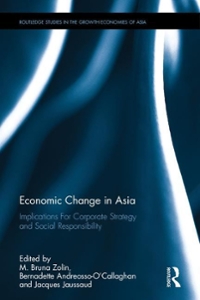| 1. | Percent change quantity demanded divided by percent change price is greater than the absolute value of -1 (%QD/ %P > |-1|). |
| 2. | The percentage change in quantity demanded of a good or service divided by the percentage change in income (%QD/ %I). |
| 3. | Percent change quantity demanded divided by percent change price is less than the absolute value of -1 (%QD/ %P < |-1|). |
| 4. | A good or service that is viewed by consumers as a high priority. |
| 5. | The legal maximum price for which a good or service can be sold. Examples include laws limiting apartment rents in some cities. |
| 6. | The percentage change in quantity demanded of a good or service divided by the percentage change in price (%QD/%P). |
| 7. | The percentage change in quantity supplied of a good or service divided by the percentage change in price (%QS/%P). |
| 8. | The legal minimum price at which a good or service can be sold. |
| 9. | As a consumer purchases more of a good in a specific time period, the additional satisfaction enjoyed from the additional unit of the good will get smaller. |
| 10. | The change in total utility or satisfaction resulting from consuming one more unit of a good or service. |
| 11. | The total product divided by the number of units of a particular input used. |
| 12. | Land, labor, and capital |
| 13. | The change in output as a result of a change in the use of an input while all other inputs are constant (TP/L). |
| 14. | A time period in which at least one input cannot be changed. |
| 15. | For a given level of output, the costs (prices multiplied by the amounts of inputs) of the inputs that can be changed. |






